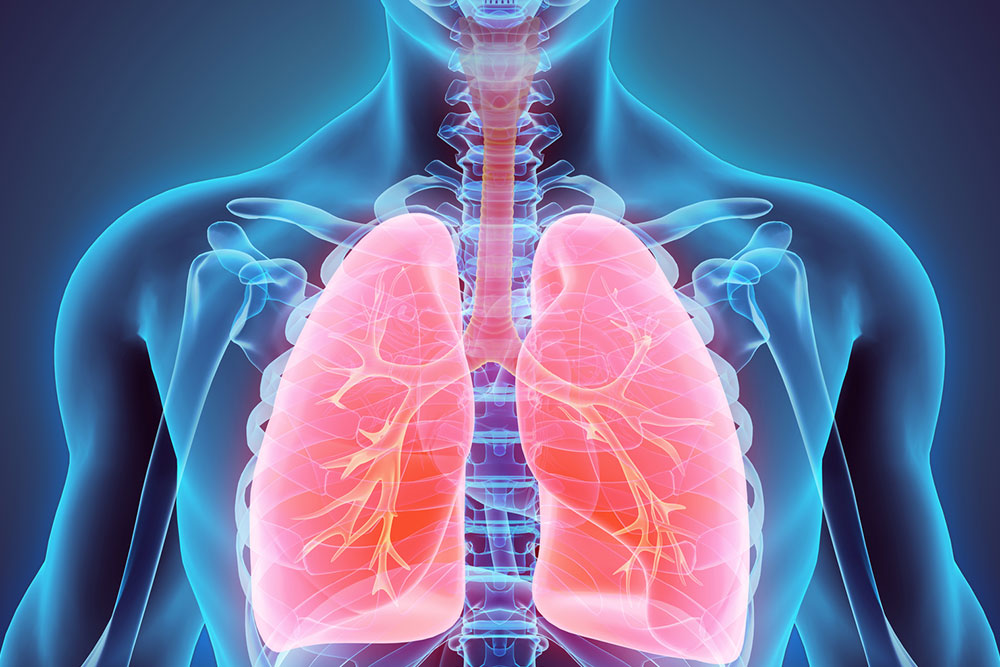Comprehensive Guide to Early Detection of Pancreatic Tumors: Recognizing Key Symptoms and Signs
This comprehensive article explores the early signs and symptoms of pancreatic tumors, emphasizing the importance of prompt detection. It covers symptoms like abdominal discomfort, jaundice, nausea, weight loss, and new-onset diabetes. Understanding these indicators can lead to earlier diagnosis and better treatment outcomes. The article also discusses diagnostic methods and highlights the significance of medical monitoring for at-risk groups. Knowing what to watch for helps patients seek timely care, improving their chances of successful intervention and long-term health.

Understanding the Early Indicators of Pancreatic Tumors for Better Health Outcomes
The pancreas is a vital organ located deep within the abdominal cavity, playing a crucial role in digestion and blood sugar regulation. When pancreatic tumors develop, they often grow silently in the early stages, making early detection particularly challenging. This underscores the importance of being aware of the subtle symptoms and signs that could indicate the presence of a tumor. Early recognition can lead to prompt medical interventions, which significantly improve treatment success rates and patient prognosis.
Pancreatic tumors can originate in different parts of the organ, but regardless of their specific location, they tend to produce certain common symptoms as they grow and exert pressure on nearby structures. Unfortunately, these symptoms are often mistaken for less serious health issues, leading to delays in diagnosis. Therefore, understanding these early indicators is vital for individuals, especially those at higher risk, to seek timely medical evaluation and intervention.
Common Early Symptoms and Signs of Pancreatic Tumors
Recognizing the signs of pancreatic cancer can be life-saving. A range of symptoms may manifest as the tumor grows, and while some are specific, others are more general and can be attributed to various other health conditions. Here's a detailed overview of the most common early symptoms to watch for:
Persistent Abdominal and Lower Back Discomfort
One of the hallmark early signs of pancreatic tumors is ongoing pain in the upper abdomen or the lower back. This discomfort may be dull, aching, or sharp, and tends to persist over days or weeks. As the tumor enlarges, it exerts pressure on the surrounding nerves and tissues, resulting in these pain symptoms. Notably, lower back pain can sometimes be caused by other factors such as poor posture or musculoskeletal issues, but persistent pain warrants closer investigation, especially if accompanied by other symptoms.
Patients should be attentive to persistent abdominal discomfort that doesn't resolve, as it could be an early warning sign of pancreatic abnormalities. Prompt consultation with a healthcare provider enables early diagnosis, which is critical in managing the condition effectively.
Jaundice: Yellowing of Skin and Eyes
Jaundice is a hallmark sign seen in many cases of pancreatic cancer, particularly when the tumor obstructs the bile duct. This blockage prevents bilirubin, a yellow pigment, from being properly processed and eliminated from the body. As a result, patients develop a distinct yellowing of the skin, eyes, and mucous membranes.
Besides yellowing, individuals may notice dark urine, pale stool, and itching due to bilirubin accumulation. Jaundice can be episodic initially and may worsen as the tumor progresses. If you observe these symptoms, prompt medical assessment is essential to determine the cause and initiate appropriate treatment.
Nausea, Vomiting, and Digestive Discomfort
As the pancreatic tumor enlarges, it can interfere with the normal transit of food from the stomach into the intestines. This disruption often results in feelings of nausea and episodes of vomiting, particularly after meals. Pressure exerted by the tumor on the stomach wall or nearby digestive organs can inhibit proper food passage, leading to these gastrointestinal symptoms.
Additionally, this blockage can cause early satiety, meaning individuals feel full quickly, even after eating small amounts. This can lead to unintentional weight loss, which, in combination with other symptoms, raises suspicion of serious underlying issues. Medical attention should be sought if these symptoms persist or worsen over time.
Unexplained Weight Loss and Loss of Appetite
Unintentional weight loss is a common early manifestation of pancreatic cancer. The tumor's invasion and disruption of normal digestive processes impair nutrient absorption, leading to a decrease in overall body weight. Coupled with a decreased desire to eat—often because of abdominal discomfort or early satiety—this symptom can be a red flag for physicians.
Patients experiencing significant weight loss without a clear reason should undergo comprehensive medical evaluation, including imaging studies, to determine the cause. Losing weight rapidly and unexpectedly can be a sign of an underlying malignancy such as pancreatic tumor.
New-Onset Diabetes and Blood Sugar Imbalances
Sometimes, pancreatic tumors impact the organ’s ability to produce or regulate insulin, leading to the development of new-onset diabetes. This is particularly true for tumors located in the pancreatic islets, which are responsible for insulin production.
Individuals who suddenly develop symptoms like excessive thirst, increased hunger, frequent urination, blurred vision, and unexplained weight loss should consider a medical evaluation for diabetes. In some cases, the appearance of diabetes in middle-aged or older adults without prior history can be an early sign of pancreatic cancer.
Enlargement of the Liver or Gallbladder
As the tumor obstructs the bile duct, it can cause swelling of the gallbladder, which might be palpable during a physical exam. The bile duct obstruction may also lead to liver enlargement, detectable through imaging or physical assessment. Symptoms associated with these enlargements include abdominal tenderness, a bloated feeling, and potentially jaundice.
Timely detection of liver or gallbladder changes can facilitate early diagnosis of pancreatic tumors, especially when combined with other symptoms like jaundice or digestive disturbances.
The Importance of Early Diagnosis and Monitoring
Pancreatic cancer is notorious for being diagnosed at advanced stages because its early symptoms are often subtle or nonspecific. This makes early detection challenging but equally crucial. Regular health check-ups, especially for individuals with risk factors such as family history, chronic pancreatitis, or certain genetic conditions, can aid in early diagnosis.
Diagnostic methods include blood tests like CA 19-9, imaging techniques such as ultrasound, CT scans, MRI, and endoscopic procedures like ERCP. These tools help confirm the presence of tumors, assess their size and spread, and plan appropriate treatment strategies.
Early recognition of symptoms not only improves the odds of successful treatment but also enhances quality of life and overall survival rates for patients with pancreatic tumors.





